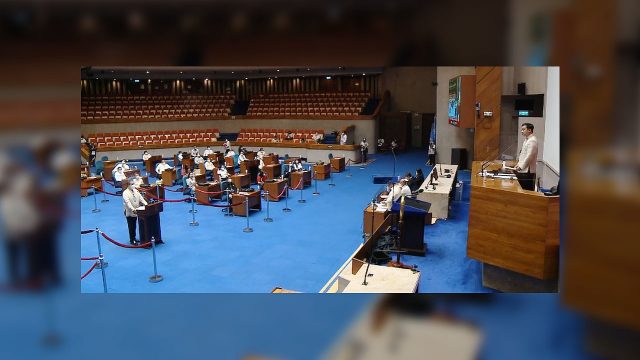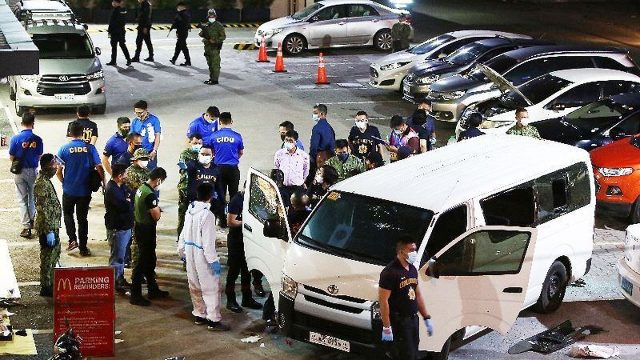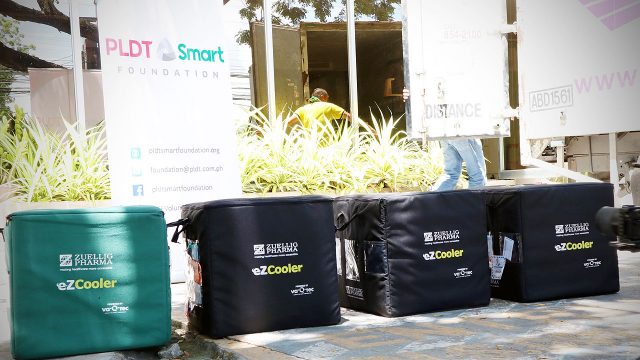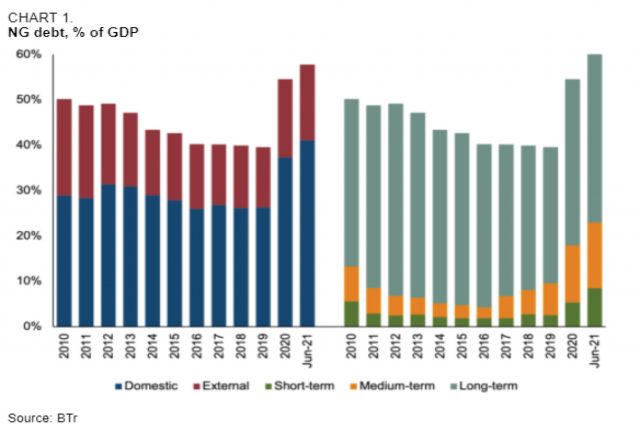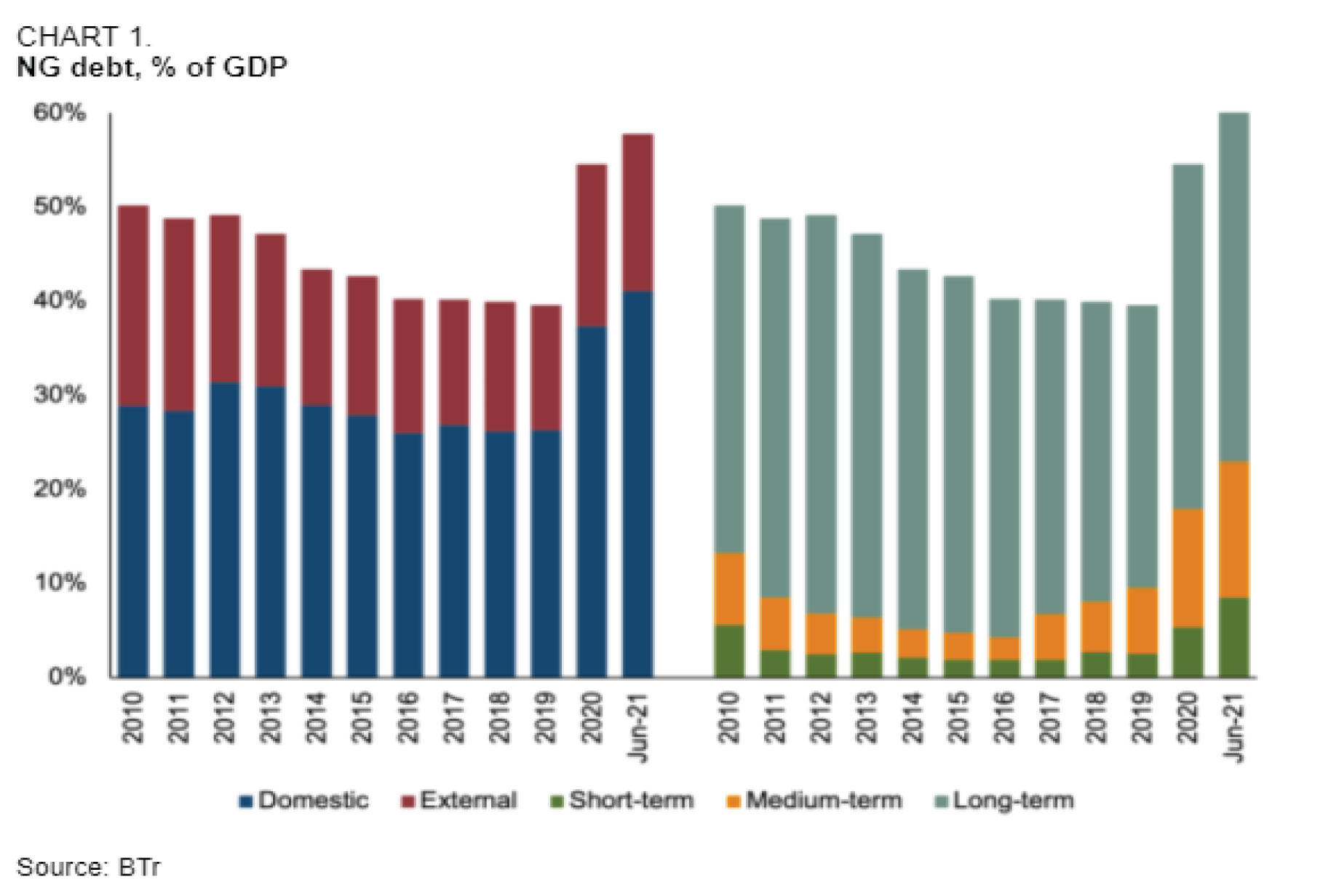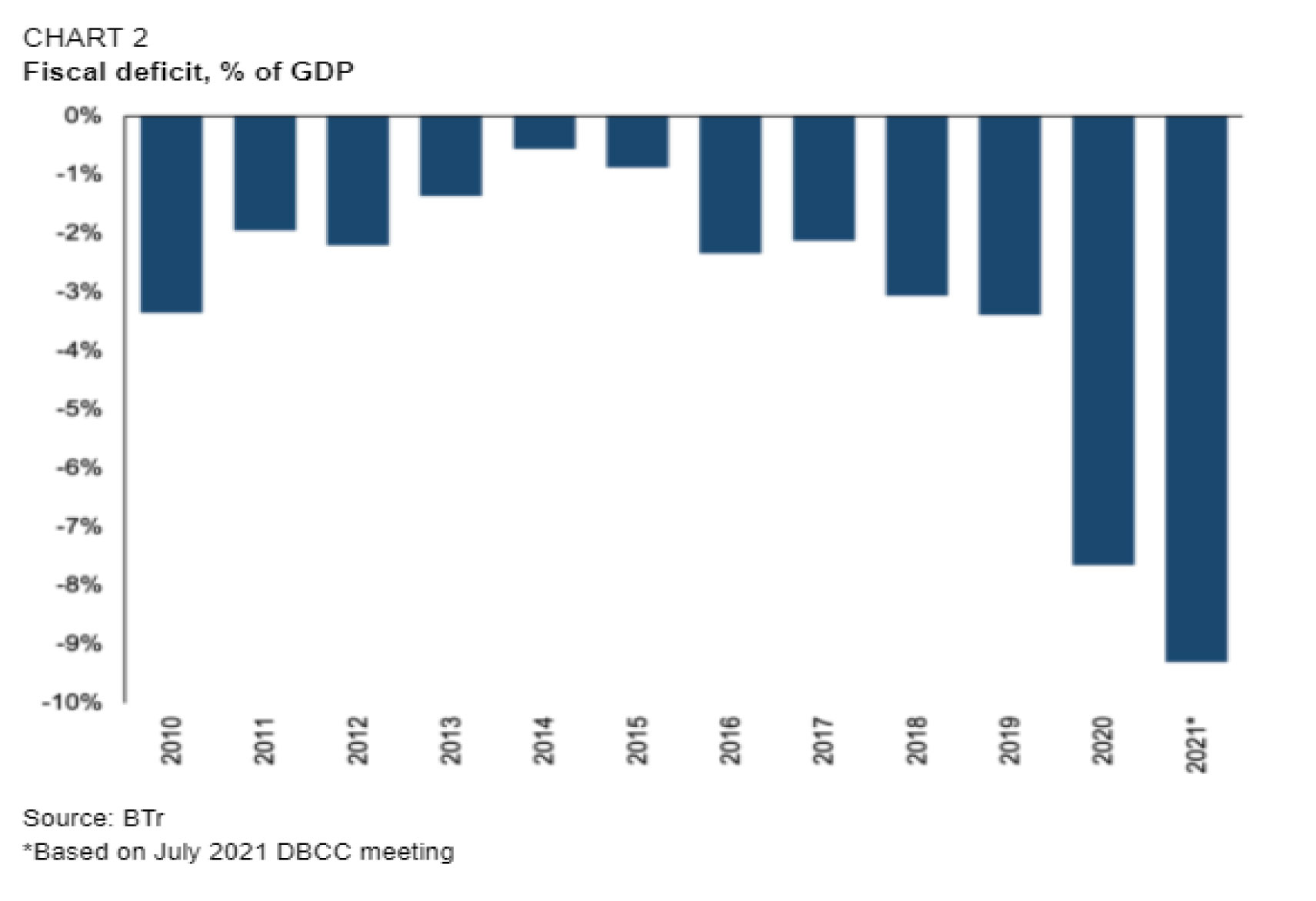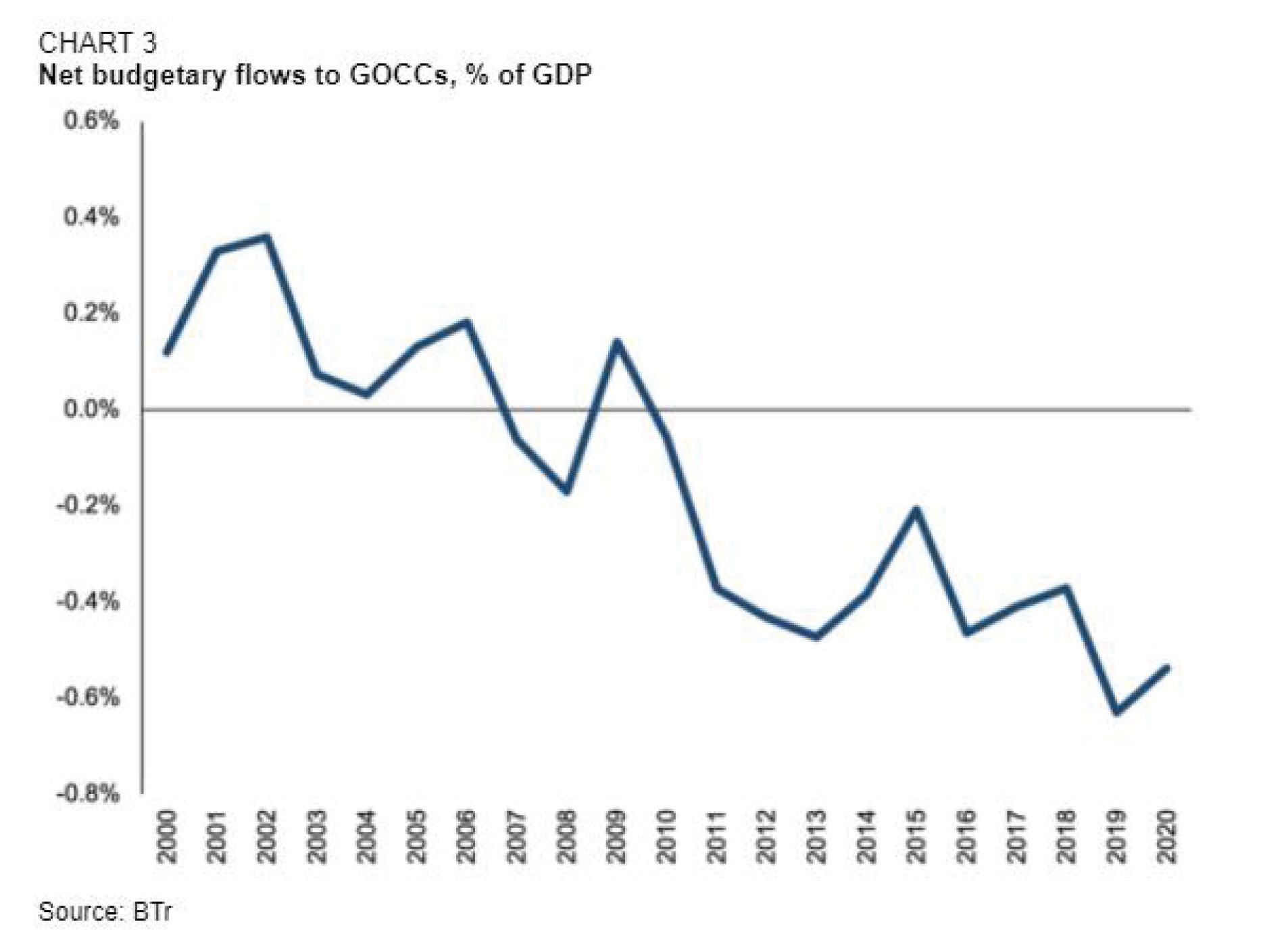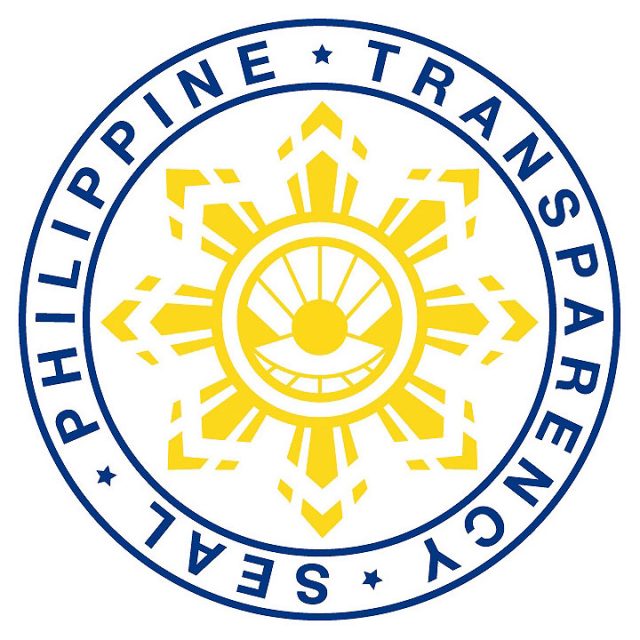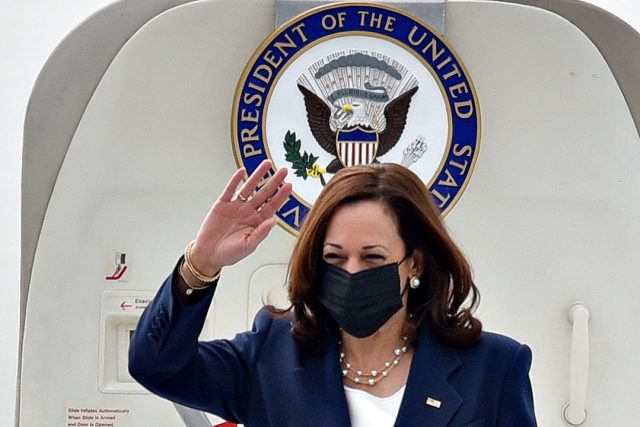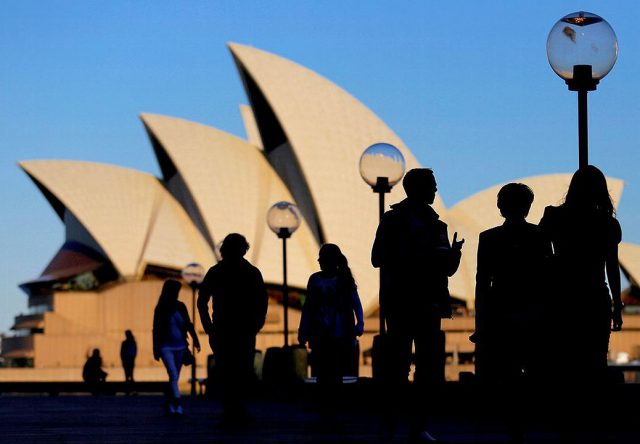The position of presidential candidates on China’s territorial grab in the West Philippine Sea will largely determine who resonates strongest to the voting public. For many, it is the deciding factor on who they will vote for.
The West Philippine Sea dispute and our relationship with China are among the issues that matter most to the voting public. It is among our people’s festering concerns along with the failing economy and joblessness, the manner by which COVID’s negative outcomes are being handled, and corruption in government. The difference, however, is that the West Philippine Sea issue is the only one that touches on national patrimony and sovereignty. It is the concern in which voters are emotionally invested.
What is the national sentiment on the Duterte administration’s handling of the West Philippine Sea dispute? The Social Weather Station (SWS) provided the answers in a recently concluded briefing organized by the Stratbase Institute.
A national survey was conducted from June 23 to 26 to capture the public’s sentiment on the subject. SWS gathered responses from 1,200 respondents across the country. The sample set yields a margin of error of just +/- 3% on total results and +/- 6% for area-specific results. The following were the outcomes:
Question 1: The Philippine government is not doing enough to assert its rights on the country’s territories in the disputed waters. Agree or disagree?
An overwhelming 47% of respondents agreed that the government is not doing enough, while 24% thought the contrary. This gives us a net agreement rate of 23%.
Interestingly, Metro Manila, Luzon, and Mindanao have the strongest sentiments about the issue, with net agreement rates of 25%, 24%, and 24%, respectively. The sentiment was only 17% in the Visayas.
Analysts believe that lower agreement rate in the Visayas is due to their geographic location. See, the island of Palawan blocks the Visayan island cluster from the West Philippine Sea, thus insulating Visayan fishermen from Chinese patrols and acts of aggression. In contrast, the threats are clear and present for those living in the western seaboard including the Ilocos region, Zambales, Mindoro, Palawan, Zamboanga, and Sulu.
Question 2: The Philippines should form alliances with other countries to defend the Philippine’s territorial and economic rights in the West Philippine Sea. Agree or disagree?
The sentiments were strong for this question too. A whopping 69% of respondents agreed that the Philippines should forge international alliances to protect its rights while only 10% disagreed. This yields a national net agreement rate of 59%. Metro Manila respondents felt the strongest about forging international alliances as it posted a net agreement rate of 67%. It was 59%, 57%, and 55% for Luzon, Visayas and Mindanao, respectively.
Question 3: How important is it for the Philippine government to build structures on the vacant islands of the West Philippine Sea to assert its rights. Important or not important?
Again, the sentiments were convincing as 69% said it was important while only 10% said it was not. This gives us a national net agreement rate of 59%.
Question 4: Respondents were asked to rank which measure they think the Philippine government must adopt in order to effectively secure our rights over the West Philippine Sea.
Seventy-seven percent of respondents said that the military capabilities of the Philippines needed to be to strengthened; 65% said that the Philippines must conduct joint maritime patrols and military exercises with other countries; 57% said that the Philippines must fully implement the terms of the Visiting Forces Agreement and Enhanced Defense Cooperation Agreement; 39% said that we must establish a code of conduct among ASEAN countries; and 38% said that we must bring up the issue to the United Nations.
Question 5: Is there adequate protection of fishermen’s rights, our natural resources, and Philippine territory?
To this, the national sentiment was “tepid,” as SWS describes it. In other words, the sentiment is positive but weak. Those from Luzon felt government’s efforts to protect our rights are “barely adequate.” Those from the Visayas and Mindanao thought government’s efforts are adequate. The sentiment reflects President Duterte’s strong support in the south.
Question 6: Has the Philippines benefited from President Duterte’s friendship with China?
Metro Manila and Luzon do not think the friendship has benefitted the country as both geographical blocks registered a net approval rating of –4% each. The Visayas clocked-in a net approval rating of zero while Mindanao resoundingly agreed with +22%. Again, this reflects Mindanao’s support for Mr. Duterte.
Trust towards China is poor in Metro Manila and Luzon but slightly better in Visayas and Mindanao.
This sums up the sentiment towards government in relation to China’s territorial grab. The results suggest that the public is generally dissatisfied.
* * * * * * *
The reality is that we are quickly losing large swaths of Philippine territory to China. Duterte’s policy of Appeasement and Accommodation has effectively enabled and abetted China’s territorial grab. What’s worse is that China has accelerated its invasion, taking advantage of President Duterte’s last year in office. Earlier this year, it asserted its claim over our Julian Felipe Reef, stating that it is part of Nansha Islands (Spratly Islands) which it insists are within its territory. Beijing’s newest claim is well within the Philippine’s exclusive economic zone.
Even if our President seems to be playing for China’s team, we, the citizens, are not hopeless. We can — no, we must (!) continue to resist and show our disapproval on the state of affairs. What better way to do this than to shun Chinese made products in favor of Philippine-made goods? A conscious act on our part can support and strengthen Filipino industries whist making a dent on China’s war chest, however small.
Simply look at the bottom of every product you buy — if it says “Made in China” or “PRC,” choose a Philippine-made alternative instead, even if slightly more expensive. If one is not available, choose one made in the ASEAN or a friendly country.
Think about it — if the 22 million households in the Philippines refuse to purchase P4,000 worth of Chinese products per month, and instead purchase Philippine made alternatives, we effectively channel P1.056 trillion ($21.12 billion) a year to Filipino enterprises instead of handing it over to China. As we know, the money we pay for goods purchased from China is what they use to harass our fishermen and build islands in our territories.
Until we elect a President who defends Philippine sovereignty in word, action, and policy, the best we can do is resist.
Andrew J. Masigan is an economist
andrew_rs6@yahoo.com
Facebook@AndrewJ. Masigan
Twitter @aj_masigan

